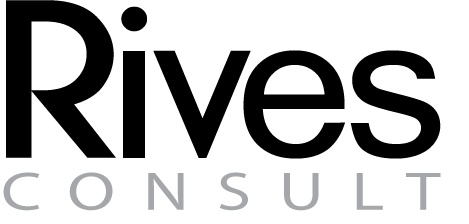Early Stage Board of Directors
- Rives

- May 8, 2023
- 3 min read

The board for early stage companies is one of the most critical, yet often overlooked in some respects. While every corporation is required to have a board the number of board seats can vary and often does depending on the stage of the company. There are many articles to help guide one on the governance and make up of board to some degree and while I’ve found a number of articles to be helpful, I’ve also felt they’ve left some of the best practices aside.
The most important advice I can offer as an early stage CEO is consider what you want from you board. What should they be doing to help the company grow and profit? In that regard the board needs to have expertise for the stage that the board is in. I often see two big common pitfalls or shortcomings of early stage boards. The first is too many founders on the board. The founders are generally working in the company and in day to day operations as they should be. That is almost the opposite of what a board member should be. They should be experts in the domain, or a particular sub-domain and have an external view of the company. A completely different perspective from the day to day operations. The board members should be looking at the forest, not the trees. The second shortcoming I see is boards comprised of only 3 members. There are many articles out there that support a 3 person board for an early stage company, but 3 people only give you 3 perspectives. External independent board members are generally not expensive and will take equity as payment (0.5-2%). If they can provide the expertise that the company needs, that is a very wise investment.
As a CEO for one company I ran into this problem with a 5 person board all comprised of founders, and most of them young and none of them with experience in running a business. They would have little or no help at growing this company and I knew we needed a change. We had finance, capital raising, and IP issues to consider. As a result I went and hand picked another CEO from a similar company that was much further along than us, an IP attorney to help us navigate that field, and the president of a local bank. I later added a senior and very experienced investor, past president, chairman of other boards to chair our board and we had one board member that represented an investment group who also happened to have deep expertise in the medical device field. While I was the CEO and of course presented all the material for the board meetings, I chose not to take a board seat. These 5 served the company well and as the company moved through the process of raising capital and entering the market those 5 members changed to suit the needs of the company. Each board member was given a term of commitment and for the most part that is when we made changes, but in some cases we realized a change was needed sooner than later, and we were fortunate that our board members were truly on our side and had no problems stepping down for someone more appropriate at the time to join the board.
The link below is a good article on the overall governance, structure, and responsibility of the board as well as some guidance on how to run board meetings and other considerations such as indemnification and D&O insurance.
There are many other similar articles, but what I found missing was the opportunity a CEO has to select board members that can really help strategically guide the company to success. This opportunity should not be overlooked.



